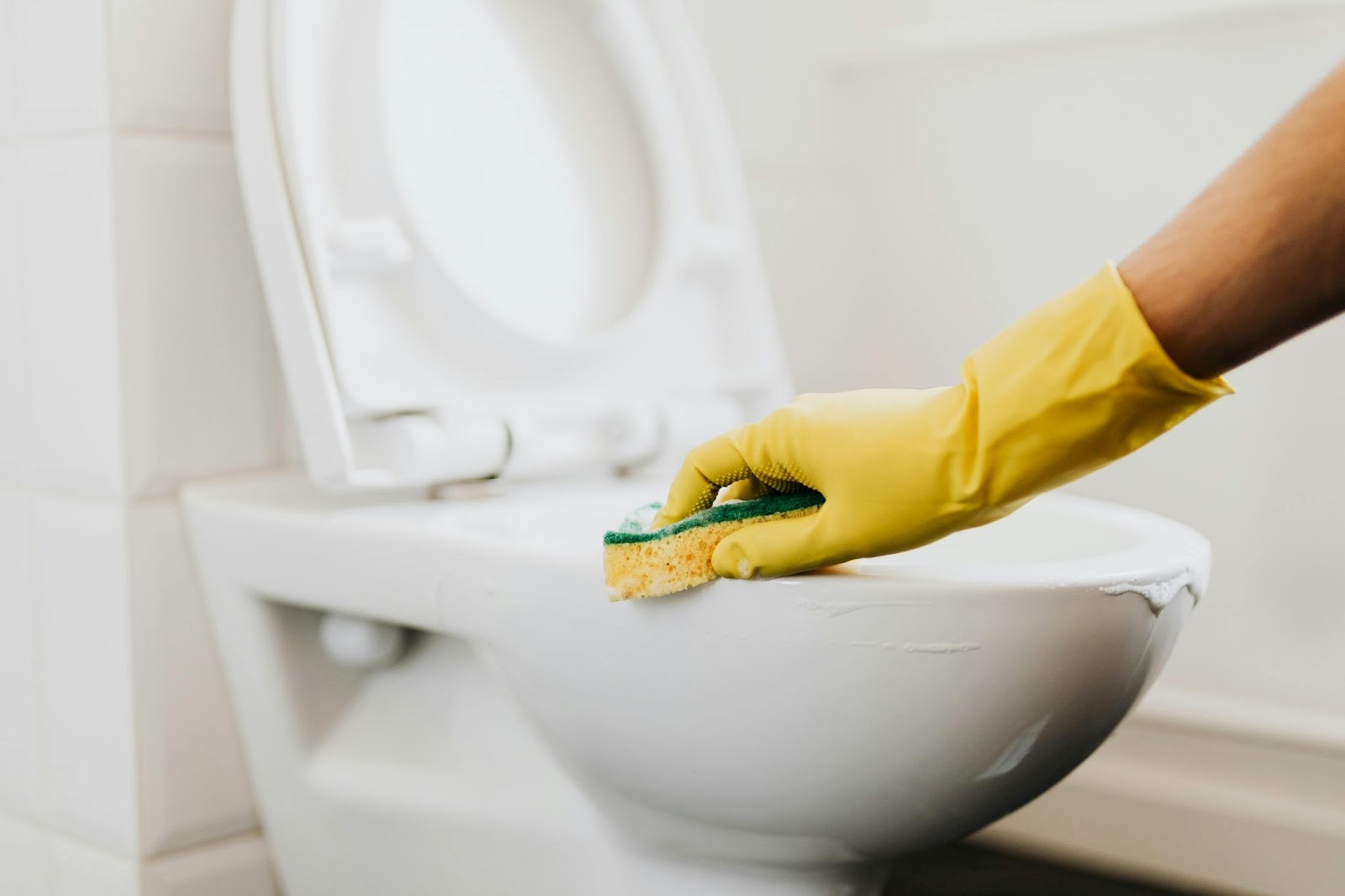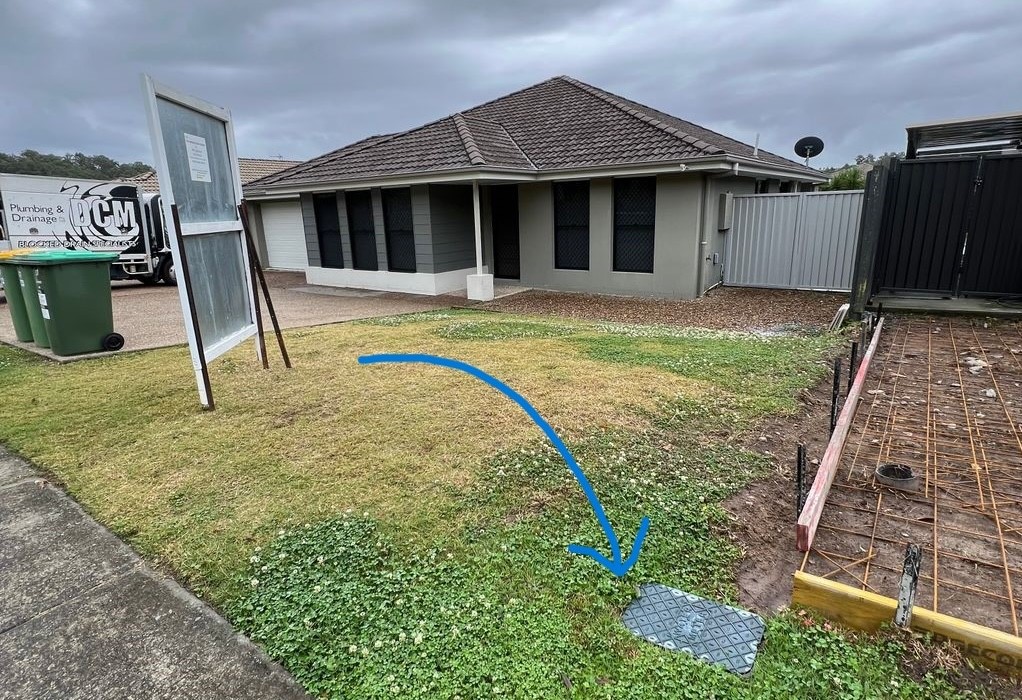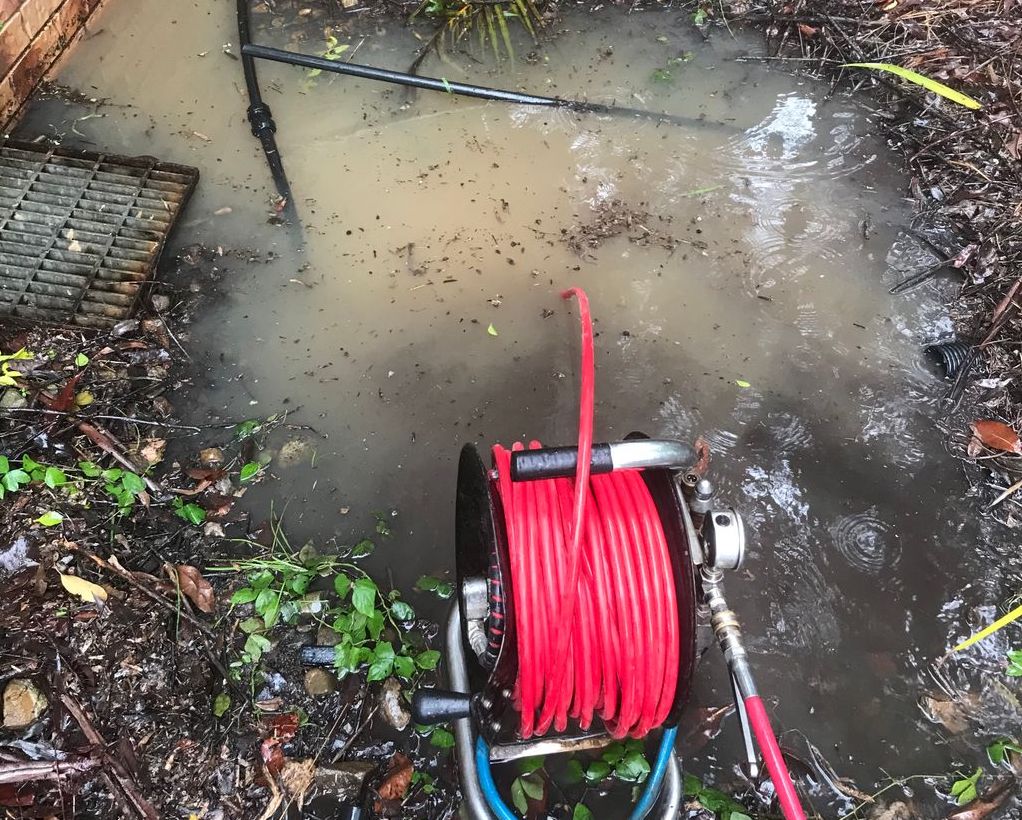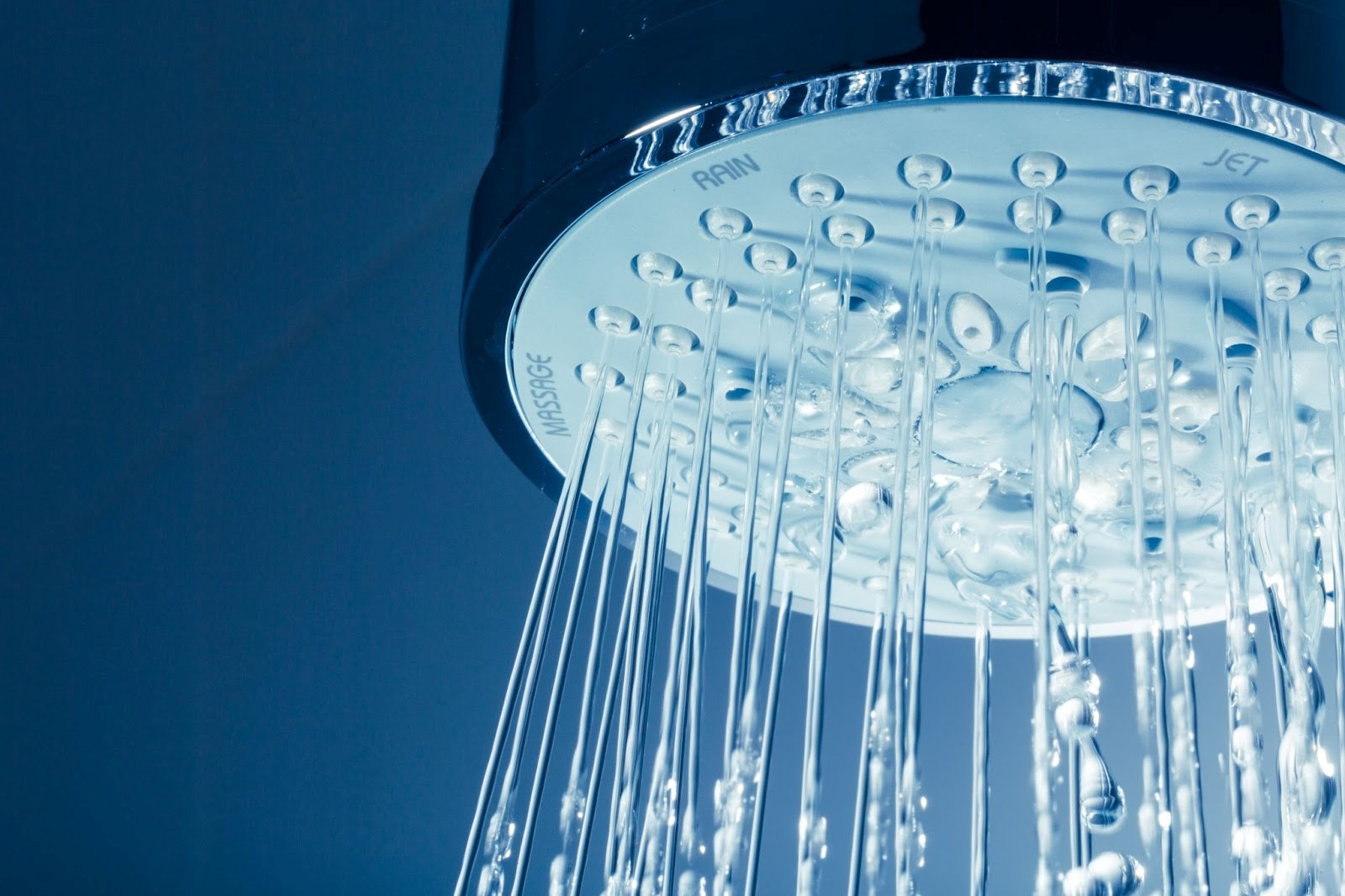Toilet bowl stains are an unfortunate but extremely common household issue. Despite regular cleaning, do you find your stubborn marks won’t budge? Then it might be time to level up your approach and test out these expert methods for toilet bowl stains.
This guide offers practical solutions for tackling stubborn toilet bowl stains, whether you’re dealing with hard water residue or mysterious marks, follow these tips for a sparkling clean toilet.
What Causes Toilet Bowl Stains?
Unsightly toilet bowl stains are more than just an eyesore; they can offer insights into the water quality and hygiene practices in your home.
Hard Water Deposits
Areas with hard water suffer from a high concentration of calcium and magnesium. These minerals form chalky deposits that not only discolour the toilet bowl but can also affect its flushing efficiency over time. The white or grey buildup is not just a cleaning challenge but a sign that your water might be too mineral-rich.
Mineral Deposits
Iron and manganese are minerals that, while naturally occurring, can cause significant staining in your toilet bowl when present in your water supply. Iron deposits typically leave behind reddish or brown streaks that are notably tough to remove. Manganese, though less common, creates black or purple marks, giving the appearance of a toilet bowl in neglect.
Bacterial Blooms
One of the most common bacterias, Serratia marcescens, is notorious for its pink or red biofilm, often mistaken for a mineral stain. However, it’s actually a living organism, thriving on moist surfaces and feeding on fatty substances like soap residue. Other bacteria can produce stains ranging from orange to yellow, highlighting the need for regular cleaning and disinfection.
Rust
Old pipes or the internal mechanisms of the toilet tank can succumb to rust over time. This rust, when mixed with water, can seep into the toilet bowl during each flush, depositing reddish-brown stains. These stains can also indicate potential plumbing maintenance issues that might require attention beyond just cleaning.
How to Remove Stubborn Stains from Toilet Bowl
For those persistent stains that refuse to budge with regular cleaning, here are some at home remedies for tackling stubborn toilet stains:
Vinegar and Baking Soda
- Pour one cup of vinegar into the toilet bowl, making sure to coat the stained areas thoroughly.
- Allow it to sit for a minute, then add a cup of baking soda followed by another two cups of vinegar.
- Witness a fizzing reaction which helps loosen the stains.
- Leave the mixture to work its magic for about ten minutes.
- Scrub the bowl with a toilet brush, focusing on stained areas. The abrasive action of baking soda combined with vinegar’s cleaning properties will help lift stubborn marks.
- Flush the toilet to rinse away the residue.
Borax and Vinegar
For even tougher stains:
- Sprinkle a generous amount of borax over stains.
- Pour a cup of vinegar over the borax and let the mixture sit for 20 minutes. The longer duration allows the solution to penetrate and break down the stains.
- Scrub vigorously with a toilet brush, ensuring you cover all stained spots.
- Flush the toilet to wash away the cleaning mixture and dislodged stains.
For best results, repeat these steps if necessary, or consider leaving the mixture to sit overnight for deep-set stains.
Coke/Cola
As unsettling as it may be, surprisingly, coke can double as an effective cleaning agent for removing stubborn stains from your toilet bowl. The acidic nature aids in breaking down stains, especially those caused by hard water and mineral deposits.
- Empty a can or bottle of Coke into the bowl, aiming to cover the stained areas thoroughly.
- Allow the Coke to sit for at least an hour, but for tougher stains, leaving it overnight increases its effectiveness.
- After letting it sit, use a toilet brush to scrub the stains. The combination of Coke’s acid and the physical action of scrubbing should loosen and lift most stains.
- Finally, flush the toilet to rinse away the residue. If any stains remain, repeat the process or consider using a stronger cleaning agent for particularly stubborn areas.
Preventing Toilet Bowl Stains
Regular Cleaning: Incorporate toilet cleaning into your regular housekeeping routine. Using mild cleaners for weekly maintenance can prevent stain-causing minerals and bacteria from settling.
Water Softeners: For households with hard water, installing a water softener can significantly reduce mineral buildup in your plumbing and toilet, keeping those chalky deposits away.
Use Automatic Bowl Cleaners: Drop-in tank tablets can continuously clean your toilet with every flush, keeping stains and bacteria growth in check. Choose a cleaner compatible with your toilet components to avoid any potential damage.
Address Plumbing Issues: Rust stains often indicate corroding pipes or fixtures. Inspect your plumbing for any signs of rust and replace parts as necessary. This not only prevents stains but also protects your home’s plumbing integrity.
Flush Regularly: Even unused toilets should be flushed regularly to prevent stagnant water from staining. This is particularly important for guest bathrooms or any toilet that doesn’t see daily use.
Vinegar Flushes: Occasionally flushing your toilet with vinegar can help neutralise pH levels and dissolve beginning mineral deposits before they become visible stains.
DCM Plumbing: Your Ultimate Plumbing Solution
If you’ve tried every method and still find yourself battling persistent toilet bowl stains, it might be time to call in the experts. DCM Plumbing specialises in comprehensive toilet plumbing solutions, including toilet maintenance and repairs.
DCM Plumbing and Drainage are members of the Master Plumbers Association of Queensland and fully licensed with QBCC (Queensland Building and Construction Commission) to carry out all repairs and replacements for toilets.
For complete peace of mind and fast, courteous service, call DCM Plumbing and Drainage on (07) 5576 5305.


















